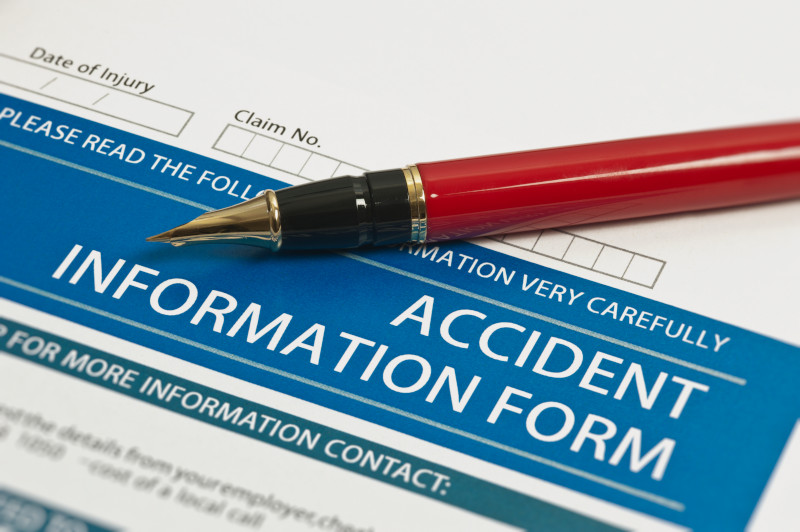Lower risk with ‘coin drop’ fundraisers

For as long as schools have existed, there have been school fundraisers. In particular, athletic organizations and other extracurricular activities tend to have financial needs beyond their allocated budgets. And so, they try to organize ways to raise money on their own.
The question for schools, then, is whether the group’s fundraising activities pose a liability for the school as a whole.
One popular fundraiser is sometimes known as “fill the boot” or “coin drop.” These activities involve collecting money at intersections or other areas where traffic is often at a standstill. Students, parents or other volunteers holding buckets or tall boots walk up to car windows to receive cash or change from drivers stopped at the intersection.
While some of these groups are separate entities from the school itself, it’s still important for school administrators to impose restrictions so they can reduce their liability. The following are some of those restrictions and best practices:
- Require independent operation from groups that are not sanctioned by the school district. The organizers of such groups should independently provide their own staff members, transportation and insurance coverage. The key for the school district is to make it clear that the group does not represent the school, and any liability belongs to the group alone.
- Contact the school’s licensed insurance broker representative. This individual will be able to confirm whether the proposed activity is covered by insurance or excluded from coverage.
- Verify the state’s motor vehicle code. Most states have laws that prohibit a person from standing on a roadway for the purpose of soliciting employment, business or contributions from drivers or passengers within vehicles. If the school district is in one of those states, consider conducting this fundraiser on private property, with written permission from the property owner.
- Obtain certificates of insurance from the group. This is especially important if the activity will take place on school property. Obtaining a certificate of insurance should be part of the school district’s facilities use request policy.
- Protect any students who will be in an area with vehicle traffic. This includes supplying high-visibility apparel for the students, such as bright clothing, jackets and reflective vests. It is also strongly recommended that schools not conduct this fundraiser in reduced visibility conditions, such as when it’s rainy, foggy or dark outside. This greatly increases the likelihood that a participant will become injured during the activity.
- Consult local law enforcement. The students will be safest if law enforcement is present, displaying flashing lights to slow and direct traffic.
- Prohibit participants from walking between vehicle travel lanes. It is a good idea to use a physical barrier to prevent this, such as a barricade.
Organizations—and the schools connected to them—need to be aware of any potential hazards of a proposed activity. The students’ and supervising adults’ safety should be the organization’s top priority—not raising a large amount of funds, no matter the cost.
Check out these resources for more administrative best practices to protect your students and your schools.




